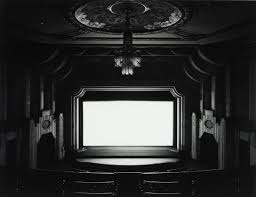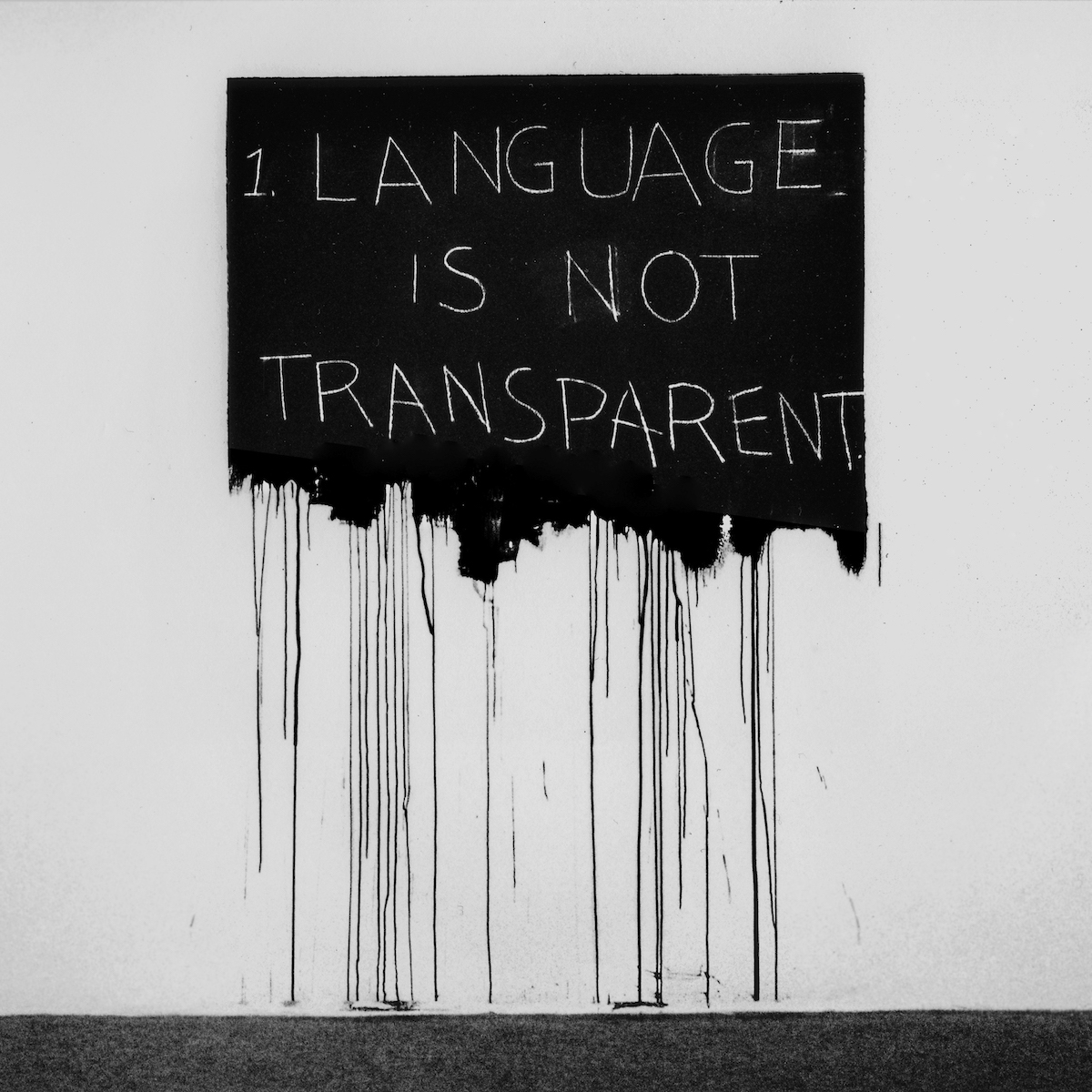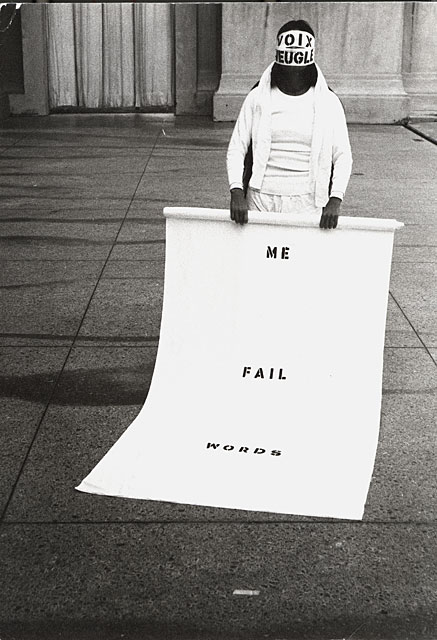ORIGINAL COPY
Philosophy has a long and fraught relationship with copies: Plato’s “mimesis” sees artistic imitation as deceptive, while Kierkegaard remedies inauthenticity with passionate commitments beyond the self. Today, too, we increasingly worry that our lives are too performative, our work too derivative. ORIGINAL COPY is a critical reexamination of “inauthenticity” through the lens that the self is a performance taking on identity, religion, and diaspora.
︎︎
Celebrating the potential of what’s reproduced, ripped, and remixed, ORIGINAL COPY is a meditation on the transmission of culture through performance, opacity, doubles, and mimicry, weaving together philosophy, cultural criticism, and personal narrative to ask: what does it mean to think of the self as a performance?
These linked essays recognize Tamil poets, historical re-enactors, anti-documentary filmmakers, Brazilian conceptual artists, voiceover stars, hack new age gurus and house music DJs all as philosophers in their own right, who help us see the value of what’s often considered “inauthentic” and “derivative.”
As a body of work, these essays weave together personal narrative with philosophy and cultural criticism, and speak to migration and diaspora, religion, media (especially film, TV, and visual art), and the politics of representation.
These linked essays recognize Tamil poets, historical re-enactors, anti-documentary filmmakers, Brazilian conceptual artists, voiceover stars, hack new age gurus and house music DJs all as philosophers in their own right, who help us see the value of what’s often considered “inauthentic” and “derivative.”
As a body of work, these essays weave together personal narrative with philosophy and cultural criticism, and speak to migration and diaspora, religion, media (especially film, TV, and visual art), and the politics of representation.



In “Second Self,” I look at doubles of a 60-something Indian guru, turning to blurred boundaries between mothers and daughters, and revisiting the myth of Narcissus through a golden-era Hindi film actress.
In “Imitation: A Study,” previously published in Georgia Review, I look at mimesis and the way diasporic people and second-gen immigrants are thought of as diluted versions of “authentic” originals. I turn to Plato’s theory of mimesis, a 90s Hollywood film called American Desi, Hiroshi Sugimoto, and my time trying to pass for Indian while in Bangalore to ask about why we’re so obsessed with imitations and copies.
Individually, each essay ties personal material together with larger questions about copies, doubles, and performances.
Other essays are about mediums of all kinds: bodies dancing to NY’s house music, landscapes emotional and physical, and the nature of time itself.
.
Other essays are about mediums of all kinds: bodies dancing to NY’s house music, landscapes emotional and physical, and the nature of time itself.
.